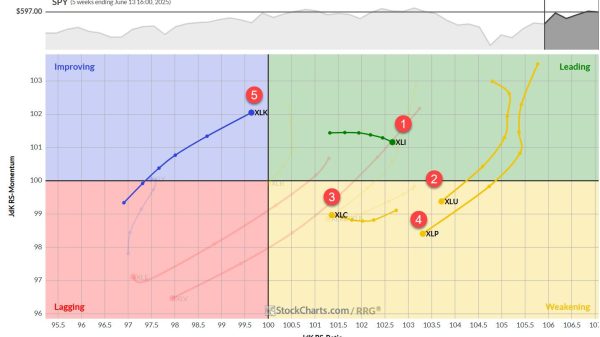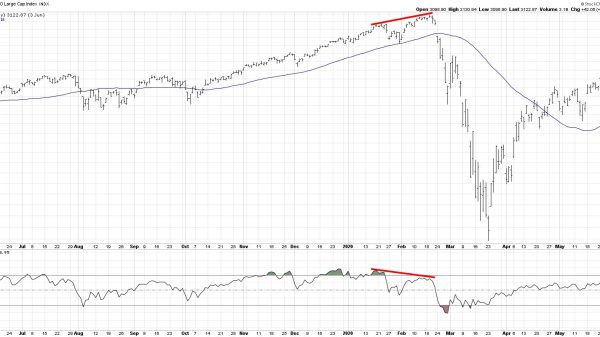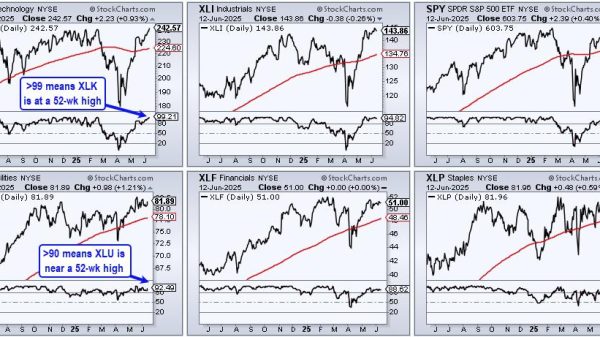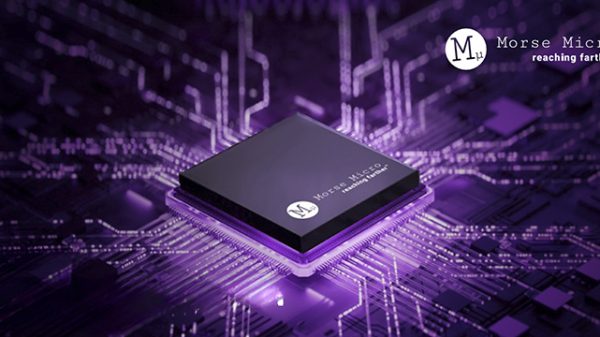2023: First time, massive decrease in cellular module market shipments. Inventory normalization expected in 2nd half 2024.
The cellular non-handset device market is expected to decline significantly by 11.5% YoY in 2023 due to the inventory adjustments after supply chain disruption, inflation and demand decrease in 2022-2023. It is assumed that the impact of inventory adjustments will continue until the first half of 2024.
Industrial cellular module market (excluding automotive telematics) is estimated to decrease by 14.3% for the bigger the inventory in the whole supply chain. This is the first time decrease since 2009, we started to follow cellular module market. Complex supply chain from IC, module, distributor, and device OEM/ODM, makes it difficult to predict the inventory situation. However, suppliers expect that inventory normalize at some point in 2nd half of 2024.
Among non-handset cellular modem applications, only cellular CPE and automotive telematics showed steady growth in 2023. However, for automotive, tier-1 and tier-2 suppliers start to adjust IC chip inventory in late 2023, 2024 module demand is expected to soften.
Cellular Industrial/Automotive Module Market Forecast by Vertical Application
The cellular industrial and automotive module market grew significantly in 2021-2022. Yet, it is estimated to decline significantly by 12% on YoY in 2023. From the second half of 2022 onward, the decline in demand due to the economic downturn and excess inventory in relation to supply chain disruptions had an impact. Inventory adjustments are expected to continue until 1H/2024, and the market growth rate is estimated to be flat to low single-digit growth in 2024. Industry expects the recovery in 2H2024, then back to high single-digit growth after 2025.
The main uses of industrial cellular module are as follows in descending order: Smart Meter (Electric, Gas, Water Meter): 25% (2023) Transportation (Before/After-market Telematics, Vehicle Tracking, Train, Marine) : 22% (2023) GPS Asset/Life Tracking (Logistics, Heavy Machinery, Livestock, Human…) : 15% (2023) Payment/Retail (Point of Sales (mPOS), QR Code Payment, ATM, Vending Machine…) : 14% (2023) Security/ Automation (Security Camera, Security Robot, Gate System, Alarm, Sensor) : 8% (2023) Healthcare (Patient Vital Monitoring, Medical device monitoring, Vaccine management, smart pill box…) : 5% (2023)
Among Cellular industrial IoT applications, smart utility meters (25%), GPS tracking (telematics + transportation + asset tracking) together accounts over 60% market share in shipment volume base.
Other main applications include sharing economy (bike, e-scooter…), industrial computer, PoC (Push Over Cellular) handset, EV charging pile, smartphone charging pile, remote environment monitoring, smart agriculture, and so on.
Cellular M2M Market Forecast by Standard
Many Industrial IoT applications do not require broadband connectivity. On the other hand, wide area coverage and stability in connectivity is important.
Looking at the industrial M2M module market in 2023 by standard,
Cellular LPWA (LTE Cat.M and NB-IoT) decreased from 33% (2022) to just under 29% (2023). LTE Cat.1/Cat.1 bis expands from 35% (2022) to 39%. 5G for automotive increased slightly. Market share will increase from 2022: 0.3% to 2023: 0.6%. LTE will expand slightly from 21% (2022) to 23% (2023).Trends after 2023 are as follows:
2G/3G to LTE Cat.1 bis migration in Europe and emerging markets Decrease of NB-IoT in Chinese market, migration to LTE Cat.1 bis Migration from LTE Cat.4/ Cat.1 bis to 5G RedCap in Chinese market 5G RedCap to be introduced in developed markets in 2026-2028 Migration from LTE Cat.M to LTE Cat.1 bis in some applications in Europe, North America, etc. Migration from LTE to 5G in the automotive telematics2G still has a market share of 7.6% in 2023. It is almost disappear in mature market, but still mainstream in South America, Africa, India and other emerging APAC countries. 2G will decrease to only 1% by 2029, migrate to LTE Cat.1 bis and LPWA.
LTE/ LTE-Advanced have a 23% share in 2023. It is widely used in the automotive, payment terminals, camera/video, industrial gateways, high end telematics, and so on. It will migrate to 5G eMBB/RedCap in the long run. The market share will decrease to just under 10% by 2029.
The market share of industrial 5G is only 0.6% in 2023. Private 5G/local 5G have been promoted in China and other developed markets, but they have not yet reached a large volume shipment. Excluding automotive telematics, the volume of 5G module shipments in 2023 is expected to be less than a million units. With the introduction of 5G RedCap, it is anticipated that the migration from LTE to 5G will progress in a wider range of applications. Thanks to the 5G RedCap market expansion, 5G will accounts about 17% of share in 2029.
LTE Cat.1 bis rapidly expanded in the Chinese market since 2021. In 2022-2023, Chinese low-cost LTE Cat.1 bis module has begun to be deployed in Europe, MEA, and APAC. It is expected that LTE Cat.1 bis will be introduced in Japan and USA from 2024. The market share of LTE Cat.1 + Cat.1 bis is estimated to increase to 39.3% in 2023 and exceed 50% in 2028-2029. Compared to LTE Cat.M/NB-IoT, the benefit of LTE Cat.1 bis is that it does not require base station upgrades. In the long term, LTE Cat.1 bis will migrate to 5G RedCap.
LTE Cat.M market is expected to see a decline first time in 2023 due to inventory adjustments. While demand is expected to decline in Europe and other countries, North America and Japan shows steady growth. The LTE Cat.M market share in 2022-2023 is approximately 10%. In 2029, it is estimated to grow to 11.5%. 5G eRedCap with 5MHz bandwidth operation is assumed to replace LTE-M in the long future.
The NB-IoT market turn to decline trend in 2023. In China market, competition between NB-IoT and LTE Cat.1 bis began in smart utility meter (gas, water) market in China. NB-IoT market is also expected to decrease outside China. Even in India, which is expected to become a large market for NB-IoT in the future, there is a possibility that LTE Cat.1 bis will take place of NB-IoT in the future.
Cellular Module & Modem Chip Market Share
In the industrial cellular module market, Quectel has about 39% of market share in 2023 based on shipments and 30% on a revenue basis. Quectel keeps top market share since 2017. Suppliers ranked second and below have a share of less than 10%, which is a big difference from Quectel. After Quectel, Telit-Cinterion, SunSea, Fibocom, ChinaMobile IoT, Neoway, ublox, Sierra Wireless, Rolling Wireless, MeiG accounts major share.
Since China market, which accounts over 50% of global cellular industrial module market, is occupied by local module suppliers, Chinese module suppliers counts about 83% of market share in shipment volume base. Among Chinese module suppliers, Quectel, Sunsea, Fibocom/Rolling Wireless also sells large number of cellular modules to overseas market.
The main module vendors by communication standard are as follows:
LTE: Quectel, Fibocom, Rolling Wireless, SunSea, MeiG, LG Innotek, Telit-Cinterion, WNC 5G: Quectel, MeiG, Fibocom, Sierra Wireless, WNC LTE Cat.1 Global: Telit-Cinterion, Quectel, ublox、Sierra Wireless, Abit LTE Cat.1 bis China: Quectel, Fibocom, SunSea, Neoway, MeiG, MobileTek, Lierda LTE Cat.M: Telit-Cinterion, Quectel, u-blox, Sierra Wireless NB-IoT Module: Quectel, ChinaMobile IoT, Lierda, MobileTek, SunSea, Goldcard, LuatFor cellular modem chipset for cellular M2M module, Qualcomm, UNISOC, Eigencomm, and ASR have a large share, followed by Xinyi, MediaTek and Sony Israel. In shipment volume base, Qualcomm is by far the largest (2023: 34%), and the three major Chinese companies each have a market share of 14-15%. Chinese chip suppliers, all together accounts about 55% of share in 2023.
The major chipset suppliers by cellular standard are as follows:
GSM: MediaTek, UNISOC 3G: Qualcomm LTE: Qualcomm, Intel, Sanechips, ASR, UNISOC 5G eMBB: Qualcomm, UNISOC, HiSilicon 5G RedCap: HiSilicon, Qualcomm LTE Cat.1 Qualcomm, Intel, Sequans LTE Cat.1 bis: ASR, UNISOC, Eigencomm, AICXTek LTE Cat.M: Qualcomm, Sony, ublox, Nordic, Sequans NB-IoT: Eigencomm, Xinyi, UNISOC, HiSilicon, M-LinkQualcomm is strong in high end (5G, LTE-Advanced) cellular modem segment. In the LTE market, Qualcomm still has a large market share, but ASR, UNISOC, and Sanechips are growing in low cost segment. The LTE Cat.1 bis and NB-IoT chipset markets, which have expanded in the Chinese market, are dominated by Chinese IC suppliers. There are no Chinese chip suppliers in LTE Cat.M market, which is not used in China. The 5G RedCap chipset, which will be diffuse in the Chinese market first, other than Qualcomm, Chinese IC suppliers such as HiSilicon, UNISOC, ASR, Innobase, Eigencomm, and AICXTek are expected to take major market share in the early stages.
The post TSR Market Update: Cellular IoT Modules appeared first on IoT Business News.

























